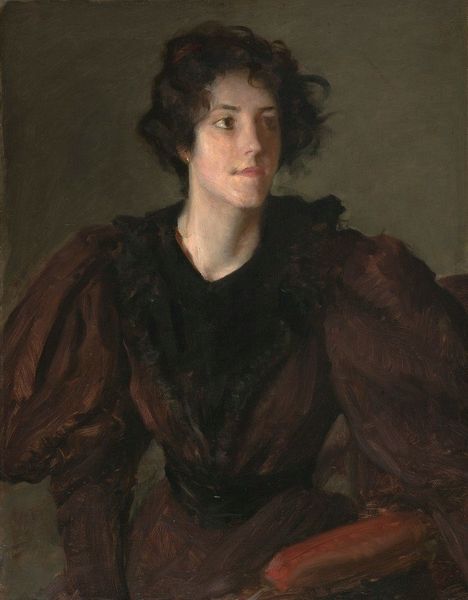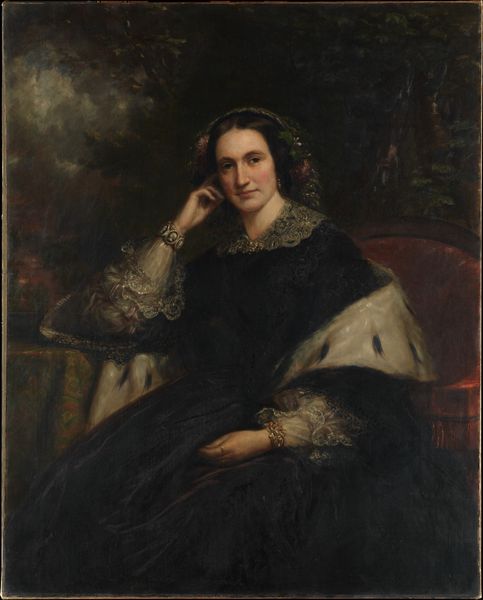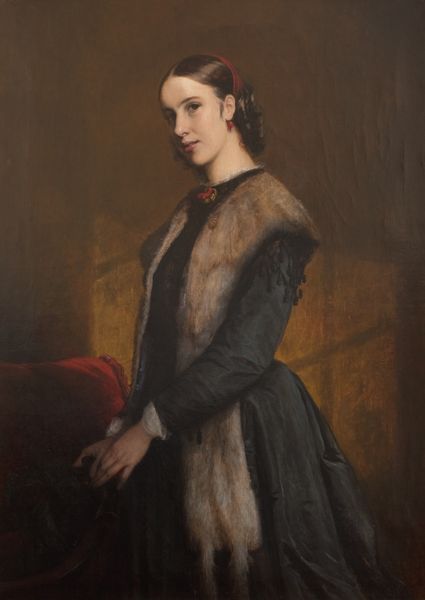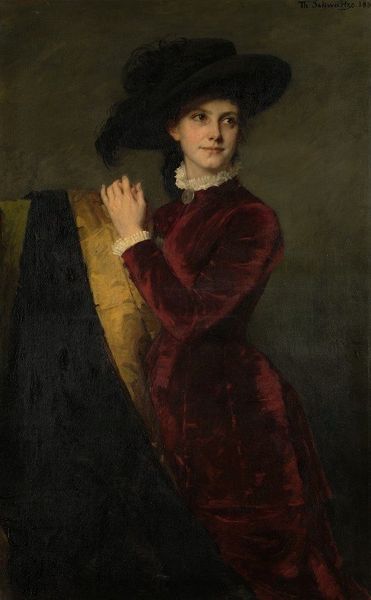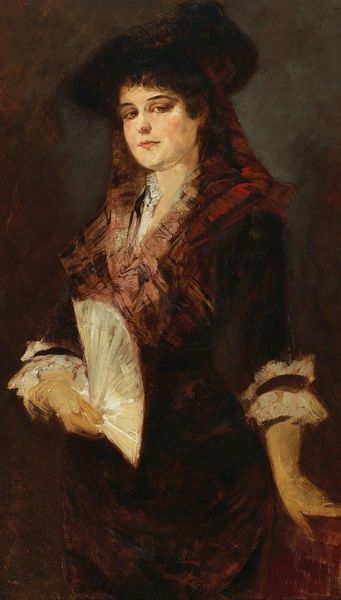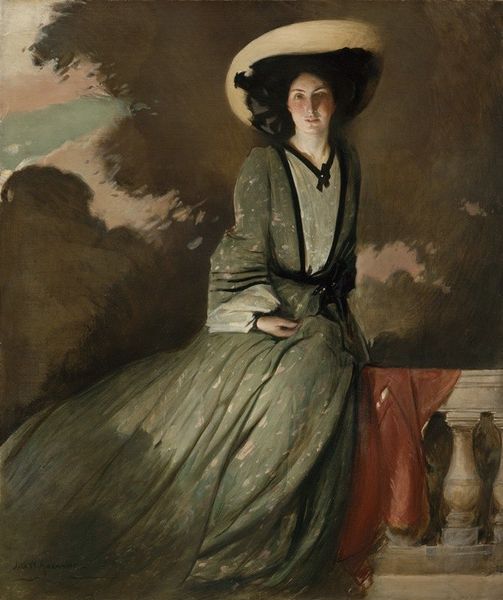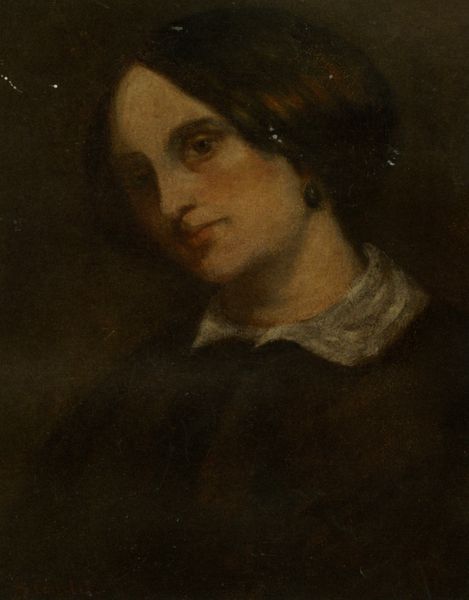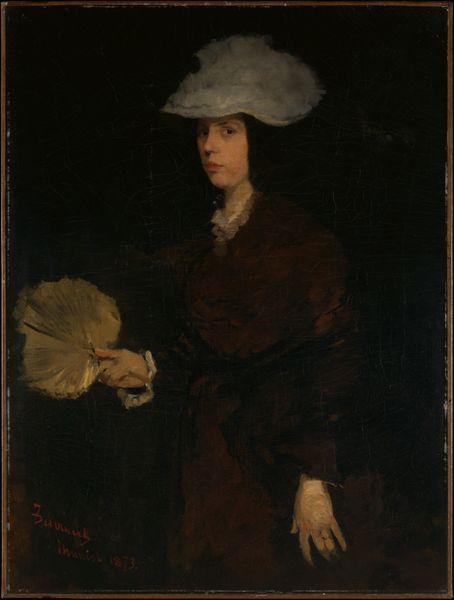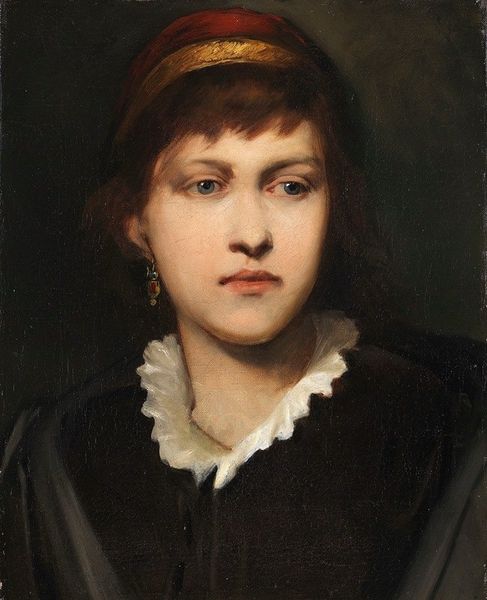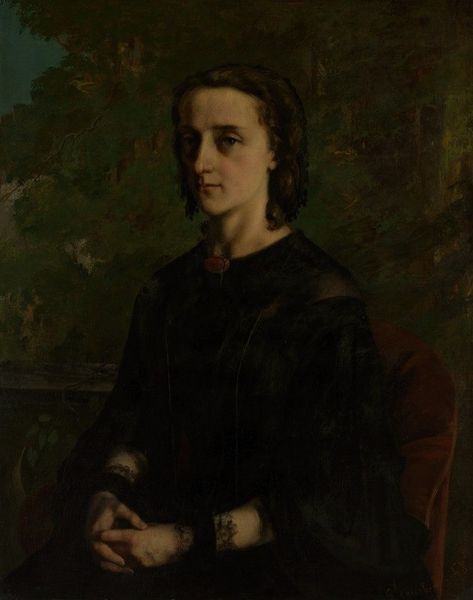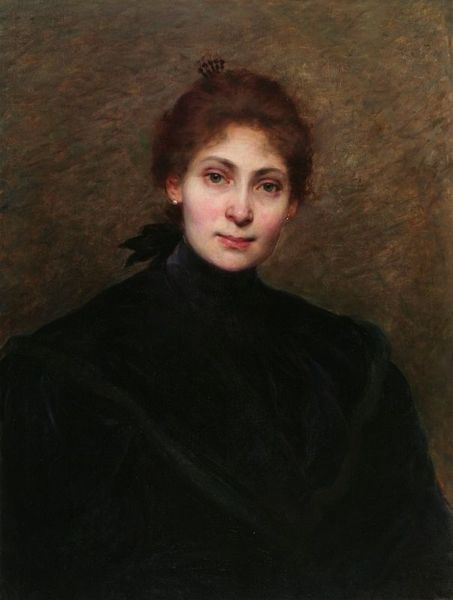
François de Vicq, Burgomaster of Amsterdam for several Terms from 1697on 1670
0:00
0:00
gerardteriiborch
Rijksmuseum
painting, oil-paint
#
portrait
#
baroque
#
dutch-golden-age
#
painting
#
oil-paint
#
history-painting
Dimensions: height 38.5 cm, width 31 cm, thickness 3 cm, depth 10.4 cm
Copyright: Rijks Museum: Open Domain
Gerard ter Borch painted this portrait of François de Vicq, Burgomaster of Amsterdam, capturing not just an individual, but the spirit of a rising merchant class. Note the cane and the hand-on-hip gesture. These are not mere adornments, but symbols of power harkening back to ancient Greece, where orators used gestures to command attention. Likewise, a staff or cane was a scepter of authority, seen in the hands of rulers from antiquity to the Renaissance. Think of Hermes with his caduceus. Here, these symbols are subtly democratized, repurposed for a civic leader, reflecting a shift in power from monarchy to the merchant class. This transformation is a fascinating example of how symbols evolve, carrying echoes of the past while adapting to new social contexts. The Burgomaster's composed gaze suggests a quiet confidence, embodying the psychological strength of a man at the helm of a powerful trading city. The Burgomaster's symbols show a non-linear progression, resurfacing and evolving, taking on new meanings in different historical contexts.
Comments
No comments
Be the first to comment and join the conversation on the ultimate creative platform.
